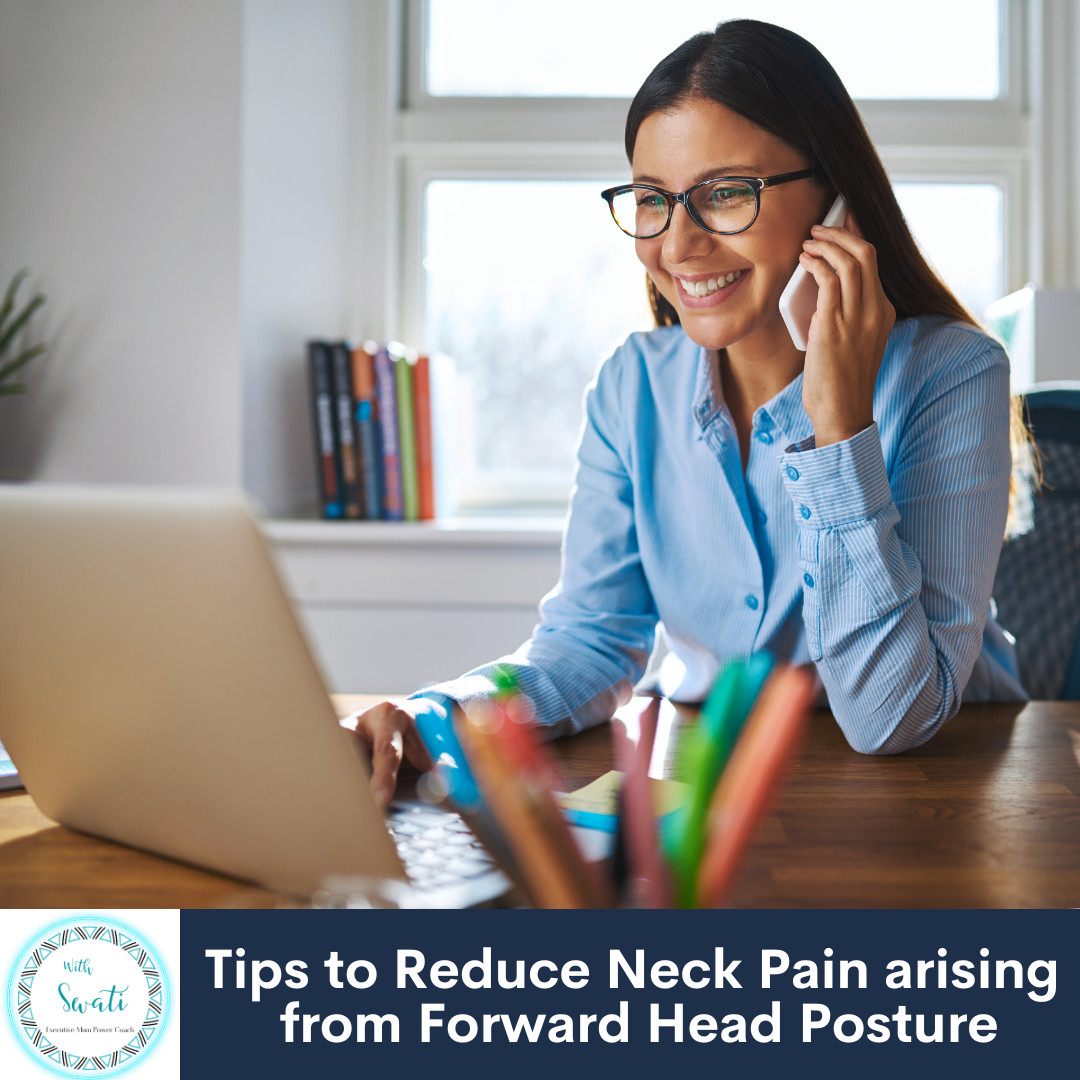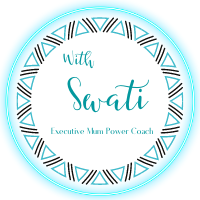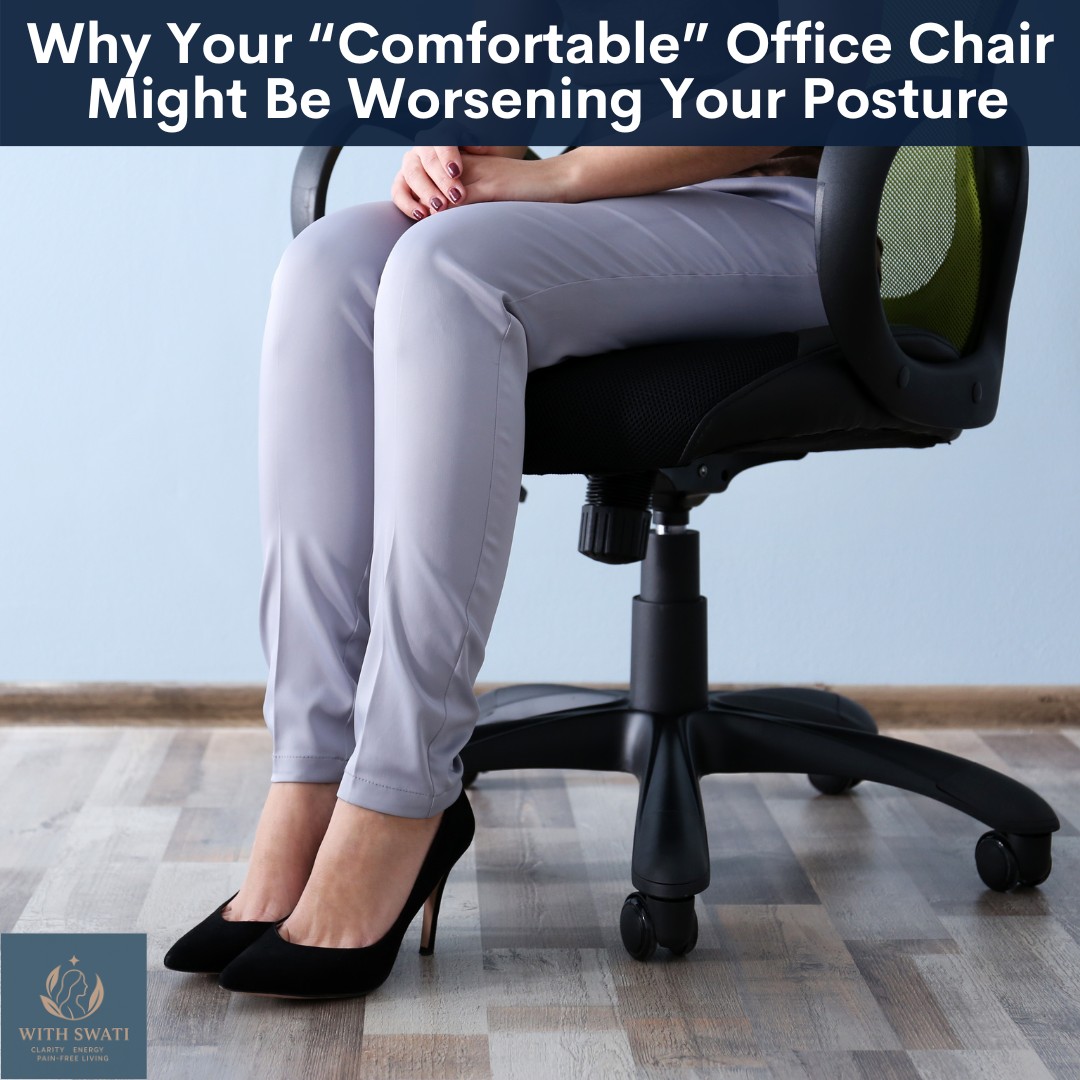
For executive moms juggling the demands of career and family, brain fog and forgetfulness can be frustrating obstacles in their daily routines. From managing work projects to coordinating family schedules, the cognitive challenges of brain fog can add an extra layer of stress to an already busy life. In this blog, lets discuss how neck problems can contribute to these symptoms of brain fog and forgetfulness.
As executive moms, the hectic pace of life often leads to prolonged periods of sitting at desks or looking down at devices, which can take a toll on the neck. The upper cervical spine is particularly susceptible to misalignments or tension, especially for those who spend long hours in front of screens. When the cervical ligaments are lax due to degeneration due to head down posture while working on the computer or chronic cell phone use, there can be excessive movement or instability between the skull and the upper cervical spine, leading to a condition known as Cervicocranial instability. The instability can lead to subtle shifts in vertebral alignment that disrupt blood flow to the brain. This disruption can manifest as symptoms of brain fog or forgetfulness, making it challenging for executive moms to stay focused and alert during their daily activities.
To address cervicocranial instability and alleviate cognitive symptoms, executive moms can take proactive steps to support neck health. This includes optimizing workstation ergonomics to reduce strain on the neck and upper spine, practicing proper neck posture to maintain vertebral alignment, and incorporating regular breaks to stretch and move throughout the day.
Problems with the upper to mid cervical spine can also cause dizziness (Cervical vertigo) and cervicogenic headaches. If you have these along with brain fog, there are chances that your problems are arising from the neck. In conclusion, neck problems can indeed contribute to cognitive symptoms like brain fog or forgetfulness, particularly for executive moms managing busy lifestyles. By understanding the link between neck health and cognitive function and taking proactive steps to support neck health, executive moms can improve cognitive clarity and enhance their overall well-being
HERE is a free guide for you to avoid neck pain while working from home. It has simple tips and modifications that can help avoid poor neck posture and thus avoid neck pain while working from your home or your office.
If you like this blog and want to be notified about new blogs as soon as they are published, subscribe to my mailing list below.
I would love to see you around the internet! For other places you can explore more about me: https://withswati.com/page/link

In the demanding world of executive mums, where balancing work commitments with family responsibilities often leads to prolonged periods of sitting or standing, neck pain can become a common companion. Despite investing in a standing desk, you may still find yourself struggling with neck pain. In this blog we will discuss some simple yet effective solutions to alleviate your neck pain while using your standing desk ...
Read more...
In the demanding world of executive mums, where balancing work and family is the norm, physical discomforts such as neck pain often become unwelcome companions. One of the main causes of this discomfort is poor posture. In this blog, we will discuss the relationship between poor posture and neck pain, shedding light on they affect each other ...
Read more...
In the bustling world of executive mums, where the demands of work and family life intertwine, it's not uncommon to experience the occasional sensation of your neck clicking when you move it. Also known as neck crepitus, this can spark curiosity and concern. In this blog lets discuss the causes and implications of neck clicking or neck crepitus.
Neck clicking refers to the audible sound or sensation that occurs when you move your neck, often resembling a clicking, popping, or grinding noise. While this sensation can vary from person to person, it typically arises from changes within the cervical facet joints, ligament movements around bones, or friction between adjacent bones.
There are several factors that can contribute to neck clicking. Changes in pressure within the synovial fluid that is present in the facet joints of the cervical spine can result in the characteristic popping sound. Similarly, movements of ligaments or tendons around bones, particularly during stretching or rotation of the neck, can produce audible clicks. In cases of osteoarthritis affecting the cervical spine, the grinding sensation may be attributed to adjacent bones rubbing together.
Although occasional neck clicking is generally harmless, it's important to pay attention to any accompanying symptoms that may signal underlying issues. Persistent neck crepitus accompanied by pain, dizziness, light headedness, numbness, nerve pain, or headaches warrants further evaluation by a healthcare professional. These symptoms could indicate underlying musculoskeletal problems or nerve compression requiring medical treatment.
It's not uncommon for neck cracking and grinding sounds to occur intermittently and resolve on their own after a short period. However, in cases of facet joint osteoarthritis, where bone-on-bone grinding is more prevalent, these sounds may persist with movement and fail to subside over time.
Watch this video to learn "How can you relieve your Neck Pain?"
To alleviate discomfort associated with neck clicking and maintain optimal neck health, consider adopting preventive measures such as maintaining good posture, using a proper pillow, incorporating neck stretches and exercises into your routine, and using ergonomic furniture. However, if you experience persistent discomfort or concerning symptoms despite these efforts, don't hesitate to seek assistance from your healthcare provider.
If you are unsure about the source of your neck pain HERE is a guide to find out 'What is the source of your neck pain?' Some specific symptoms of neck pain can give you an idea of what structures can be possibly involved. Once you understand the reason for your pain you can work on the treatment accordingly. This guide will help you to learn some differentiating symptom of common neck conditions.
If you like this blog and want to be notified about new blogs as soon as they are published, subscribe to my mailing list below.
I would love to see you around the internet! For other places you can explore more about me: https://withswati.com/page/link
Note: This page contains affiliate links which will bless me, at no additional cost to you and I will be able to help more people with spine, nerve and joint pain.

In today's fast-paced digital world, many of us find ourselves spending countless hours hunched over our smartphones, tablets, and computers. This modern-day habit, while convenient, often leads to a common postural issue known as forward head posture. For executive mums, who juggle the demands of work and family, this can be particularly problematic, as it contributes to neck pain and discomfort. In this blog, we will explore practical solutions for managing forward head posture and reducing neck pain, empowering you to prioritise your well-being amidst your busy life ....
Read more...











